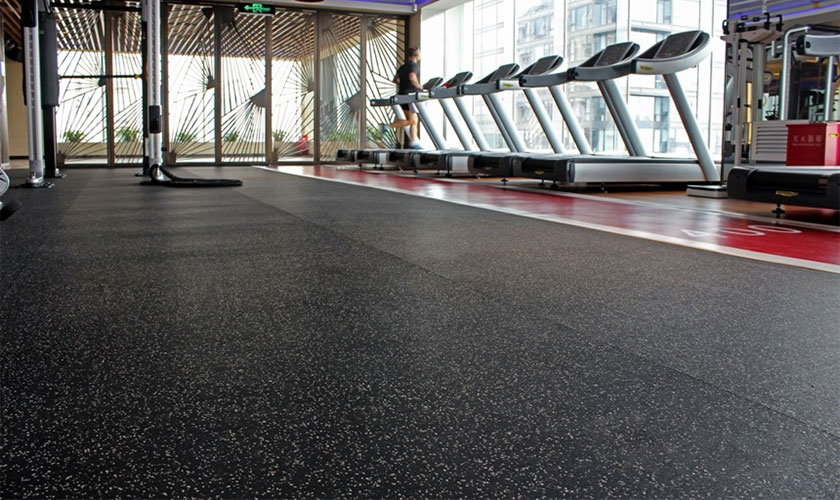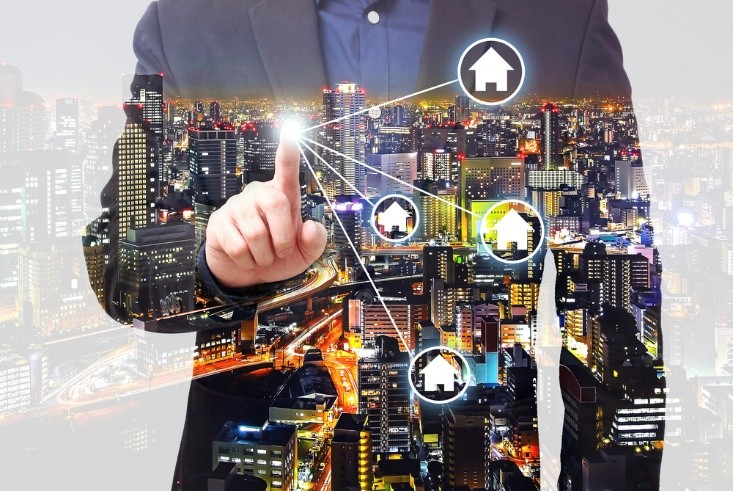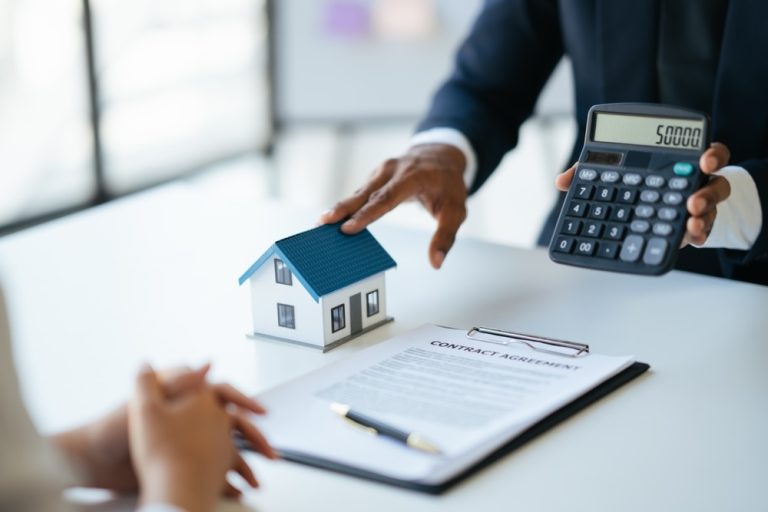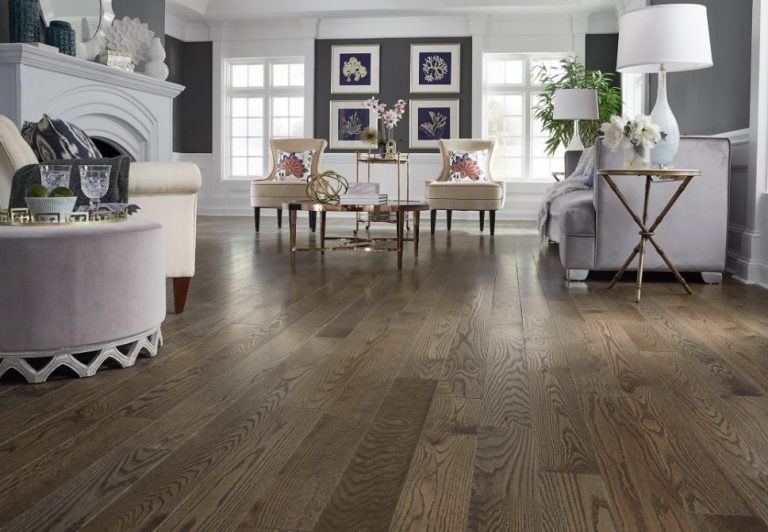
In today’s world, sustainability is not just a lifestyle choice—it has become a necessity. As homeowners, architects, and business owners look for ways to minimize their environmental impact, flooring has emerged as a key consideration. Traditional options like hardwood and vinyl may look appealing, but they often come with issues such as deforestation, chemical emissions, or limited durability. This is where rubber flooring is making a huge difference. Known for its eco-friendly qualities, longevity, and versatility, rubber flooring is fast becoming the flooring of the future.
The Rising Demand for Sustainable Flooring
With climate change and resource depletion becoming global concerns, consumers are now more mindful of the materials they choose for their spaces. Eco-conscious buyers are seeking options that combine sustainability, affordability, and style. Rubber flooring meets all these expectations. Derived from either natural rubber (from rubber trees) or recycled rubber (such as repurposed tires), this flooring solution contributes to waste reduction while offering long-lasting value.
Why Rubber Flooring is an Eco-Friendly Choice
Unlike many flooring materials that release harmful toxins or require large amounts of natural resources to produce, rubber flooring is inherently sustainable. Here are the top eco-friendly aspects that make it stand out:
Made from Recycled Materials
One of the biggest advantages of rubber flooring is that it is often manufactured from recycled rubber, especially old car tires. By repurposing this waste, the flooring industry significantly reduces landfill burden and contributes to a circular economy.
Durability Reduces Replacement Needs
Rubber flooring can last for decades, even in high-traffic areas. This means fewer replacements over time, which reduces demand for raw materials and minimizes overall waste.
Low VOC Emissions
Volatile Organic Compounds (VOCs) are harmful emissions often found in synthetic flooring materials. High-quality rubber flooring, particularly natural rubber, has minimal VOC emissions, improving indoor air quality and supporting healthier living environments.
Energy Efficiency
Rubber naturally insulates spaces by retaining heat, reducing the need for excessive energy use in heating or cooling. This contributes to a smaller carbon footprint for homes and offices.
Recyclability
At the end of its life cycle, rubber flooring can often be recycled again, ensuring the material continues to be useful rather than becoming waste.
Design and Functionality Meet Sustainability
Eco-friendliness doesn’t mean compromising on style or functionality. Rubber flooring is incredibly versatile and comes in a wide range of colors, patterns, and textures. Whether you want a sleek, modern finish for a commercial office, or a fun, vibrant design for a kid’s play area, rubber flooring can adapt to any design requirement. Additionally, its cushioned surface provides comfort underfoot, while its slip-resistant nature makes it one of the safest options for homes, gyms, and healthcare facilities.
Rubber Flooring in Different Spaces
Another reason rubber flooring is being hailed as the future lies in its adaptability. It is no longer limited to gyms or industrial spaces. Today, it is being used across:
- Residential Homes – Living rooms, kitchens, and kids’ rooms benefit from its comfort and easy maintenance.
- Commercial Spaces – Offices and retail shops choose it for its durability and modern look.
- Educational Institutions – Schools and universities prefer it for safety, sound absorption, and longevity.
- Healthcare Facilities – Hospitals and clinics value its hygienic, anti-bacterial, and slip-resistant properties.
- Outdoor Areas – Patios, playgrounds, and walkways make use of weather-resistant rubber tiles.
Cost-Effectiveness and Long-Term Value
While the initial cost of rubber flooring can be higher than some traditional options, its long life span and minimal maintenance requirements make it cost-effective in the long run. Unlike wood, which can warp, or vinyl, which may peel, rubber flooring retains its shape and finish even under heavy usage. This durability means reduced expenses on repairs or replacements, further enhancing its eco-friendly reputation by lowering resource consumption.
Rubber Flooring and the Green Building Movement
The popularity of rubber flooring also aligns with the growing green building movement. Many architects and builders today aim to achieve certifications like LEED (Leadership in Energy and Environmental Design). Rubber flooring, being recyclable and sustainable, contributes points toward such certifications, making it an excellent choice for eco-conscious construction projects.
Future Outlook: Why Rubber Flooring Will Dominate
The shift toward sustainability in the flooring industry is irreversible. With increasing awareness about climate change, consumers and industries alike are looking for options that balance performance, design, and environmental responsibility. Rubber flooring is uniquely positioned to meet all these demands. As technology advances, we can expect even more innovative designs, improved recyclability, and enhanced eco-friendly features, making rubber flooring a dominant choice for years to come.
Final Thoughts
Rubber flooring is more than just a practical surface—it represents a step forward in sustainable living. From its recycled origins to its long-lasting durability and recyclability, it addresses the urgent need for eco-friendly building materials. Whether in homes, offices, or public spaces, rubber flooring Dubai is proving that sustainability and style can go hand in hand. Choosing rubber flooring today is not just about comfort and aesthetics; it’s about making a responsible decision for the planet’s future.




